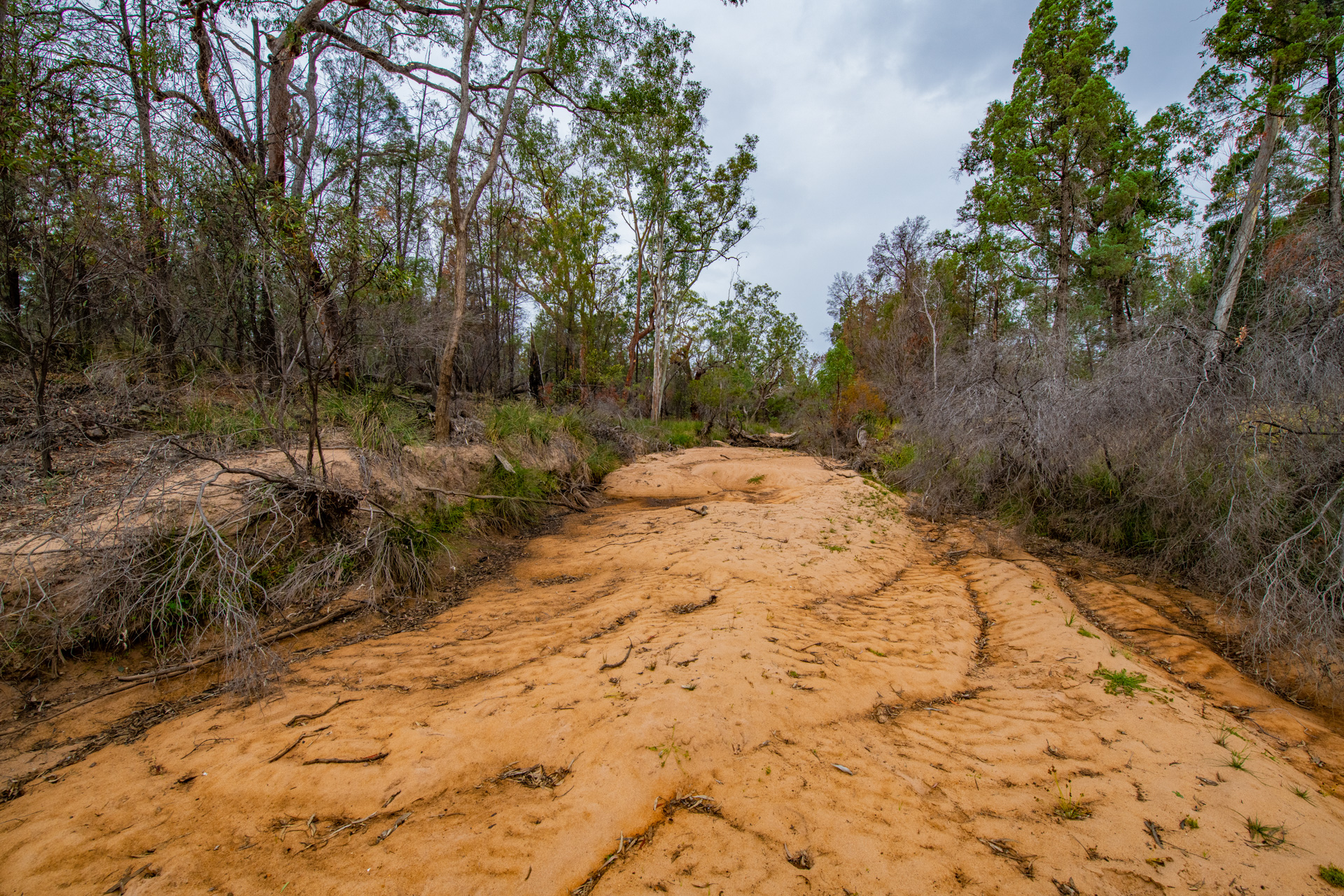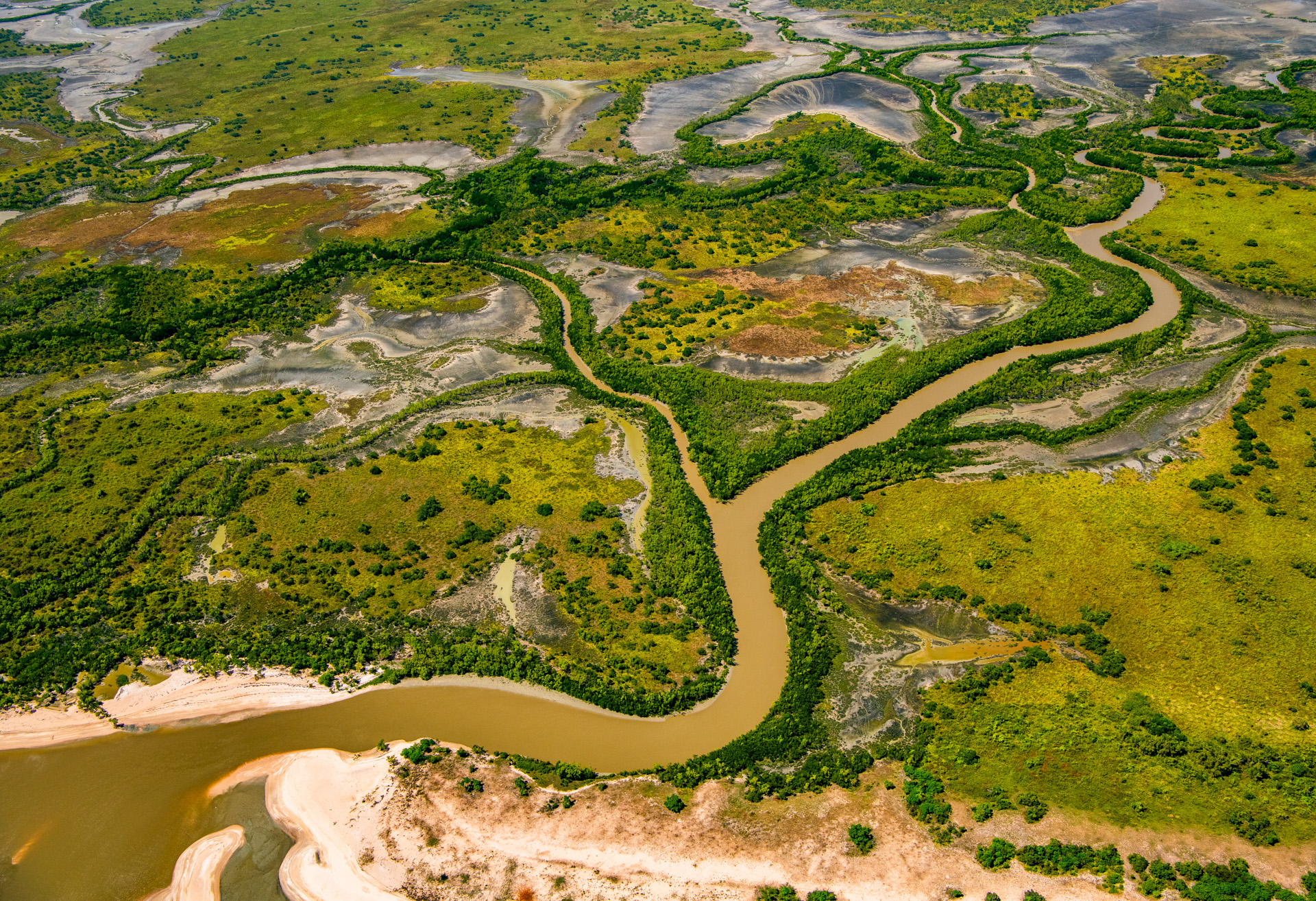|
|
Evaporation and evapotranspirationEvaporation is the total loss of moisture as water vapour from all sources, including open water, plant surfaces, and from soil surfaces, and excluding transpiration[2]. Transpiration is the process of water vapour release from plant leaves to the atmosphere[9]. In terms of water management and processes, evaporation involves the movement of water from the land surface (predominantly liquid) to the atmosphere (water vapour). The liquid water at the land surface that may be available for evaporation includes surface water, soil water, water within vegetation, and water on vegetation and paved surfaces[1].
Water evaporates more easily at higher temperatures and more slowly at lower temperatures as the energy required to evaporate the water is greater at high temperatures. The opposite of evaporation is condensation. Condensation is the process of vapor turning into a liquid when saturated air is cooled or comes into contact with a cooler surface. Evapotranspiration: the movement of water from the landscape to the atmosphere, calculated as the sum of evaporation and transpiration.[9]. Potential evaporation: calculated potential evaporation is not physically observable due to feedback effects on local air characteristics[4][8]. Wetland vegetation may decrease open water evaporation from wetlands, however this same the vegetation will increase transpiration. Evapotranspiration may include a major component of the water budget of a wetland, but is difficult to estimate accurately. Wetland evaporation: wetland vegetation may decrease open water evaporation from wetlands, but the vegetation will increase transpiration. Evaporation may comprise a major component of the water budget of a wetland, but has been proven to be difficult to estimate accurately[5][6][7]. Sunshine, wind (speed and turbulence), relative humidity, soil moisture, and vegetation (type and density) affect the rate of evapotranspiration. Estuarine wetlandsIn estuarine wetlands evaporation plays an important role in concentrating salts and nutrients in soils and groundwater. This is particularly true in zones of less frequent tidal inundation where the soil salinity depends on the balance between ‘evapoconcentration’ of tidally supplied salts and rainfall or groundwater flushing. The more arid the climate, the more extreme this effect becomes. For example, large areas of mangrove-fringed salt flats occur in the dry or mainly dry tropics in areas such as around the Gulf of Carpentaria in Australia. In contrast salt marshes in temperate Australia do not commonly have unvegetated zones[3]. Evapotranspiration estimates are often the one of the most difficult parameters to quantify in wetland water and solute balance modelling. Many approaches have been taken to estimating evapotranspiration in wetlands. There are a number of direct and indirect ways to measure evaporation and evaporatranspiration and a range of different methods and equations can be used. Wetlands can influence and are influenced by local and regional weather and climate, and transpiration and evapotranspiration are key processes involved. Wetlands act as a buffer and moderate seasonal temperature fluctuations. During period of higher temperature, wetlands can lower temperatures because the evapotranspiration from the wetland converts heat energy to water and converting it to vapor and releasing it to the atmosphere. In cooler months, the warmer water of the wetland prevents rapid cooling at night. Wetlands also modify local atmospheric circulation and thus affect moisture convection, cloud formation, thunderstorms, and precipitation patterns. Therefore, when wetlands are drained or replaced by impermeable materials, significant changes in weather systems can occur[10]. References
Last updated: 31 August 2023 This page should be cited as: Department of Environment, Science and Innovation, Queensland (2023) Evaporation and evapotranspiration, WetlandInfo website, accessed 25 June 2024. Available at: https://wetlandinfo.des.qld.gov.au/wetlands/ecology/processes-systems/evaporation/ |

 — Department of Environment, Science and Innovation
— Department of Environment, Science and Innovation



